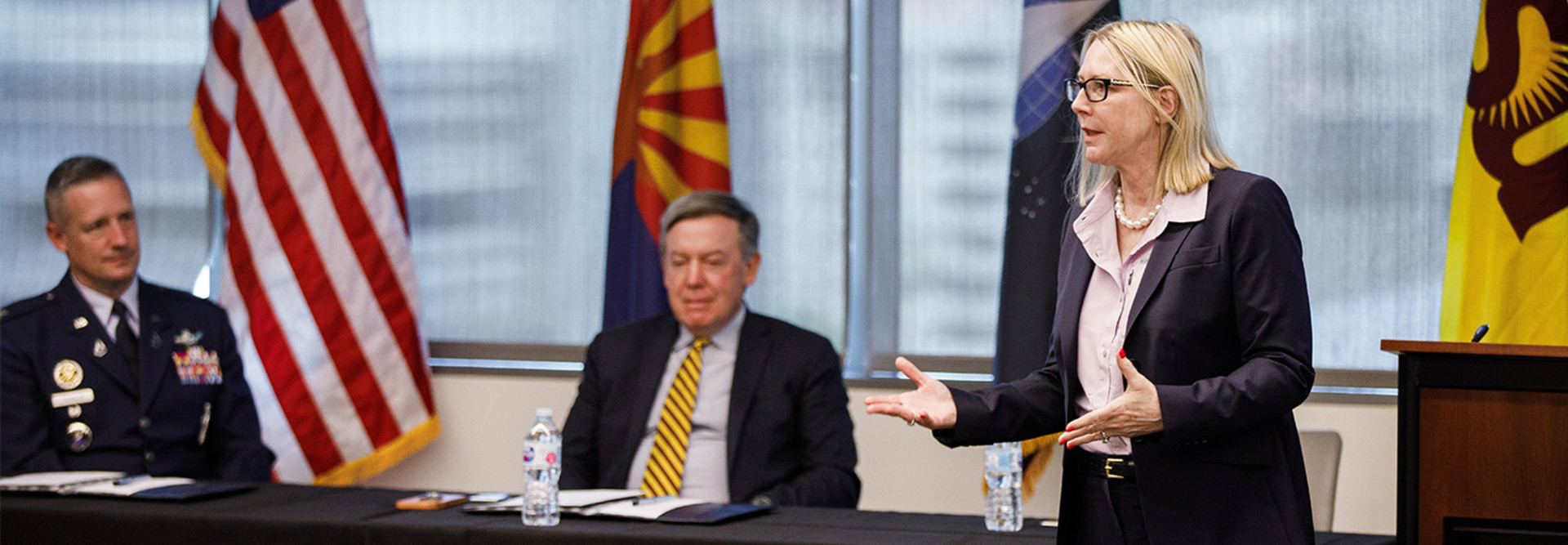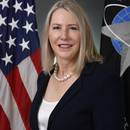FEDTECH: As a new military branch, did Space Force inherit tech that needs to be modernized or upgraded?
COSTA: The Department of Defense is working on modernization across the board, so yes, the Space Force inherited tech that needs modernization. But, with that said, we are no further behind than any other service and, with SpaceVerse, we are making strides to leapfrog ahead of the next iteration of outdated tech and into the future of augmented reality and virtual reality to enhance data understanding and Guardian reaction times for decision advantage.
FEDTECH: Is your tech still integrated with the Air Force, or are you able to separate the environments and infrastructure?
COSTA: My answer to that largely depends on the definition of “integrated.” We want some level of integration with not only the U.S. Air Force but our other sister services as well. This is why Joint All-Domain Command and Control, JADC2, is a departmentwide effort, and the Advanced Battle Management System, ABMS, is the Department of the Air Force’s contribution to JADC2. Regardless of the color of the uniform our brave young men and women wear, at the end of the day, they all wear the same U.S. flag on their shoulders, so systems must be integrated for joint effects.
All that said, yes, there are still some dependencies the Space Force has on the Air Force. We have a great partnership with Lauren Knausenberger, the CIO for the Department of the Air Force, and her team, and we are continuing to learn where IT roads should diverge and converge between the Air and Space Force’s IT systems.
DIVE DEEPER: Lisa Costa is among FedTech’s 30 federal IT influencers worth a follow.
FEDTECH: Do you need to think about IT infrastructure differently because your domain is not on land?
COSTA: This leads me back to the first question, because as a unique domain, space makes us think about all things differently, including IT. Guardians experience their domain through data. Fewer than 700 people since the beginning of humankind have experienced the space domain in the real world. And until launching into orbit is as easy as ordering an UberXL, and we have multiple space stations and celestial colonies to house and nourish humans in space, Guardians will continue to experience their domain through data.
Advanced IT capabilities will present space system data to amplify existing Guardian skill sets, situational awareness and decision quality. The right IT will make their digital connection and mountains of data understandable, relatable and flexible to adapt to the emerging situation and deal with the three C’s of space: congested, contested and competitive.












